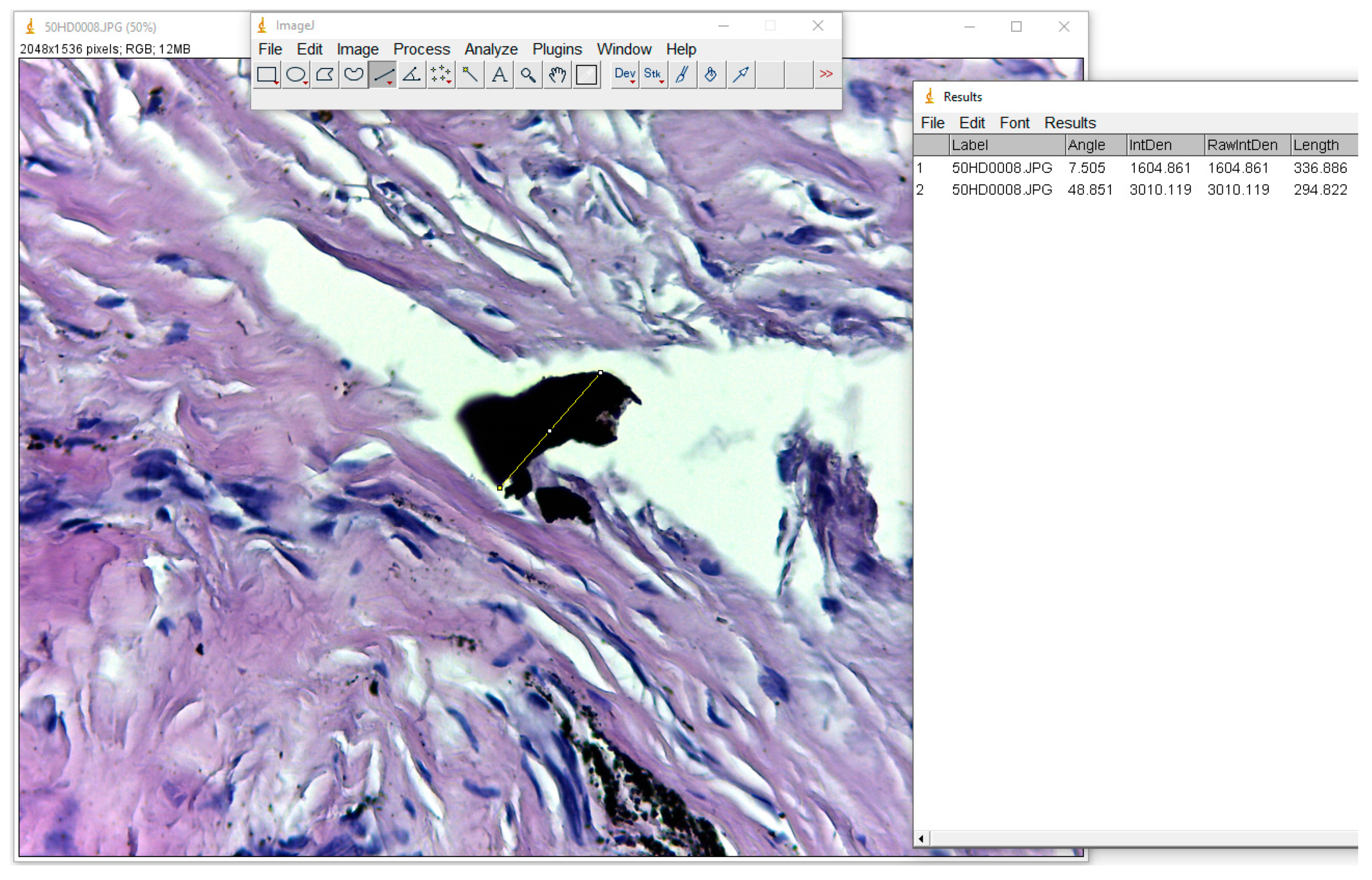

We provide a new ImageJ pipeline, SurfCut, that allows the extraction of cell contours from 3D confocal stacks. SurfCut and MGX have complementary advantages: MGX is well suited for curvy samples and more complex analyses, up to computational cell-based modeling on real templates SurfCut is well suited for rather flat samples, is simple to use, and has the advantage to be easily automated for batch analysis of images in ImageJ. The combination of these two methods thus provides an ideal suite of tools for cell contour extraction in most biological samples, whether 3D precision or high-throughput analysis is the main priority.Ĭell shape is a primary variable in morphogenesis in all kingdoms, either as a building block for multicellular shape or because cell shape in turn biases the behavior of structural elements (e.g., cytoskeleton) or morphogens. Because plant cells do not migrate, and usually do not go through apoptosis in young tissues, plant morphogenesis primarily relies on cell elongation and cell division. From a geometric perspective, this means that plant morphogenesis mainly depends on the cell growth rate and growth anisotropy. Whether in kinematic analyses (e.g., ), in functional genetics (e.g., ), in cell biology (e.g., ), and in computational modeling (e.g., ), quantifying cell contours during growth is thus crucial to understand plant development as a whole. Plant cell shapes depend on internal and external factors. An isolated plant cell is shaped by the balance between turgor pressure and cell wall resistance to turgor. Because turgor pressure is in essence isotropic, any deviation from a spherical shape is determined by the mechanical anisotropy of the cell wall. Typically, wall-less protoplasts are spherical. Cellulose microfibrils are classically thought to play a load-bearing role here, and their alignment supports the mechanical anisotropy of the wall. In fact, when cellulose deposition is impaired, cells also tend to become spherical, as in protoplasts. Beyond the wall properties, the mechanical balance operating in plant cells also depends on cell shape. Typically, when they are still growing, larger cells are more susceptible to wall failure than smaller cells. In tissues, cell shape is also constrained by the presence of adjacent cells, through packing and adhesion at the middle lamella. This explains why most plant cells in fully adhesive tissues have a brick shape (e.g., hypocotyl cells). When cell-cell adhesion is artificially affected, cells can round up. Histochemistry and Cell Biology, 149, 593–605.Similarly, when cell-cell adhesion is less prominent naturally, cells can also round up or exhibit irregular shapes, as in the leaf mesophyll and spongy parenchyma for instance. Simpson–Golabi–Behmel syndrome human adipocytes reveal a changing phenotype throughout differentiation. Dynamic of lipid droplets and gene expression in response to β-aminoisobutyric acid treatment on 3T3-L1 cells". Colitti, M., Boschi, F., and Montanari, T.Comparison of the Effects of Browning-Inducing Capsaicin on Two Murine Adipocyte Models. Montanari, T., Boschi, F., and Colitti, M.Endothelial cell crosstalk improves browning but hinders white adipocyte maturation in 3D engineered adipose tissue. Objects touching the border of the image are removed. Objects smaller then a give size are removed and a binary watershed transform is used to separate touching droplets. An auto-threshold (triangle) is applied to the input image and the resulting mask is used to remove artefacts from the mask of the droplets image. On the result an automatic threshold (percentile method) is applied. size will be be considered as artefacts of the segmentation and will be removed from the resultĪ bandpass filter is applied to the input image by using a Gaussian filter and then scaling the image down and up again with increasing scale and taking the difference between the two low-pass filtered images. Open the options-dialog by right-clicking on the s-button: the s button runs the segmentation on the current image.the first button (the one with the image) opens this help page.Select the "MRI_Lipid_Droplets_Tool" toolset from the > button of the ImageJ launcher.
#IMAGEJ QUANTIFY HE STAINING INSTALL#
To install the tool, drag the link MRI_Lipid_Droplets_Tool.ijm to the ImageJ launcher window, save it under macros/toolsets in the ImageJ installation and restart ImageJ. The Lipid Droplets Tool helps to segment lipid droplets marked with BODIPY.


 0 kommentar(er)
0 kommentar(er)
